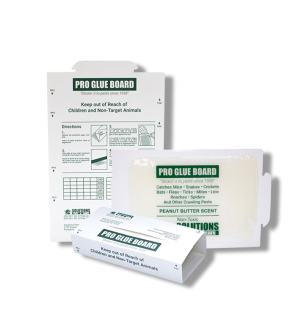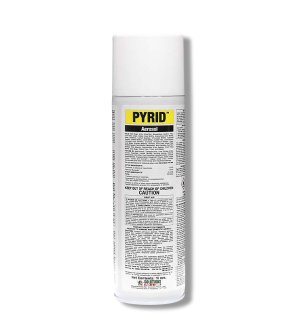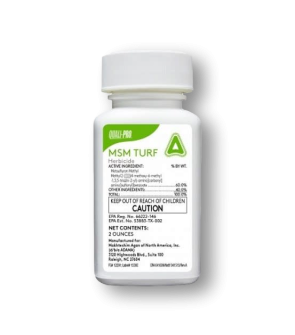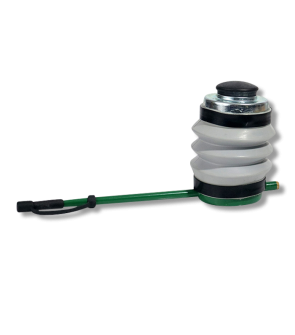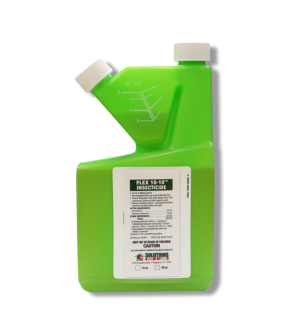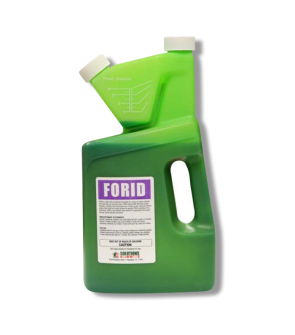Gain access to personalized product screening, the best pricing, rewards, and more!
Pest Control Techniques
If you’re like many homeowners, you absolutely hate it when an unwanted pest invades your property and begins to multiply or cause destruction. Unfortunately, pests aren’t easily shooed away. Because of this, it is important to take action if you want them gone.
Pest issues can be a year-round problem that you have to prepare for. In the summer, depending on where you live, you may see an influx of cockroaches and mosquitoes. During the winter, rodents and spiders may be looking for warm shelter to stay out of the cold by heading into your home. In the spring, you may have to worry about ants and termites.
You can either hire a pest control professional when these problems arise, or you can do what the pros do the DIY way by applying professional techniques that we can teach you through our guides, step-by-step help, and video tutorials.
The IPM Approach

Not all pest control problems are tackled the same way. Professionals with years of pest control experience have outlined various methods and techniques that are best for controlling certain insects and rodents. It all starts with practicing IPM, or integrated pest management.
Integrated pest management is a term used to describe an approach to pest control that focuses on preventing pest control problems and making it so chemicals are not the first plan of action to get rid of pests, but rather is viewed as the last resort.
This means that you perform a detailed examination of conducive conditions around your home, make environmental modifications, and take other steps to make sure the pest infestation doesn’t develop. This is a technique that professionals apply to reduce the need for applying chemicals and helping the environment so a chemical treatment doesn’t occur unless they absolutely have to in order to address a problem.
IPM is also beneficial and a crucial technique to implement if you reside in states like New York and California where pesticide chemicals are not allowed to be sold or used. Many of our product offerings cannot be purchased be residents in these states and so alternative environmentally-friendly methods of controlling and managing pests are necessary.
Inspection and Monitoring

You may not have pests today, but you may have an issue tomorrow. This is why it is important to regularly inspect and monitor your home both inside and outside in order to detect and properly identify any pest issues or any conditions which may attract pests. A few actions in this IPM practice include:
- A deep inspection of your home landscape and secluded areas that are not often visited. (checking crawl spaces, storage areas, dark corners, attics, the basement, behind appliances, pantries etc)
- Placing glue traps down in areas as a way to monitor the presence of any pests, how severe of an infestation there is and where they are active.
- Identify and note problematic pests that are common in your area depending on the region of the country you are in, the current climate etc.
Eliminating Conducive Conditions
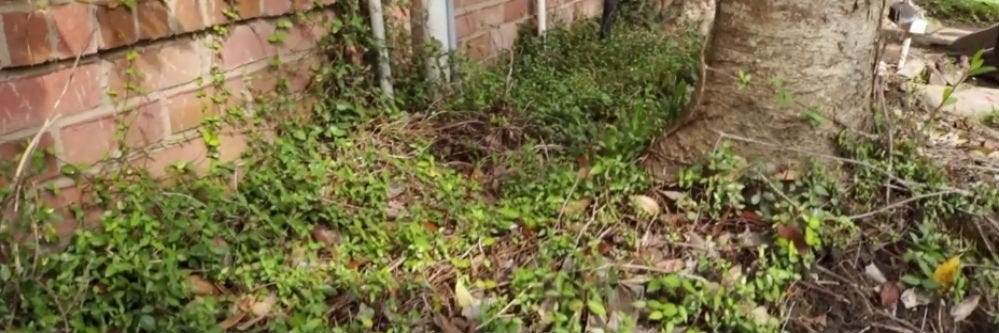
Pests don’t just come out of nowhere to your home or yard. They are drawn to an area if it meets the minimum requirements needed for it to survive (water, shelter, food). Eliminating conducive conditions means to modify the environment around your home to minimize the conditions needed for them to live and thrive. Some examples include
- Cleaning up leaf litter
- Trimming back trees and shrubs that touch the home.
- Eliminating weeds and dense vegetation.
- Addressing moisture issues (plumbing, drainage etc.)
Exclusion Techniques

Exclusion means preventing pests from accessing an area, such as the inside of your home. There are a number of different techniques that can be carried out to exclude pests from your home.
- Sealing gaps, cracks and holes via pest control foam and caulk.
- Eliminating other points of entry around plumbing and exteriors with copper mesh.
- Laying out pest control traps (live traps, snap traps, glue traps etc.)
- Creating a barrier of entry by applying repellents.
- Installing monitoring stations that can also control pests when needed (ie. Red Eye Termite Bait Stations)
Chemical Techniques
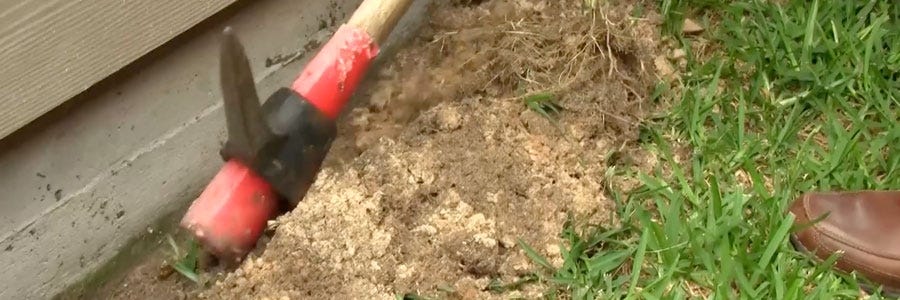
Chemical treatments are often viewed as a last resort when performing IPM but often it can also be the most effective way to control a pest problem. In order for a chemical to be successful, it has to be applied in the best way for the given situation. No matter the chemical you use, it’s best to apply according to label directions. A few special techniques by using chemicals include:
- Drench treatment (Usually for ant mounds)
- Trench barrier treatment (for treating subterranean termites)
- Foaming treatments (To treat for insects hiding in deep voids)
- Perimeter pesticide applications (to keep a broad spectrum of pests away from a property)
- And more.
Explore More IPM Techniques
Here in this techniques section, you will learn the top pest control techniques the pros use when conducting treatment and addressing a pest problem.
We have cover tested and proven pest control procedures, why they are effective, which pests the techniques are best for, the benefits and drawbacks of each technique, and we will give you easy to follow step-by-step instructions on how to implement these techniques using the fantastic products we carry.









